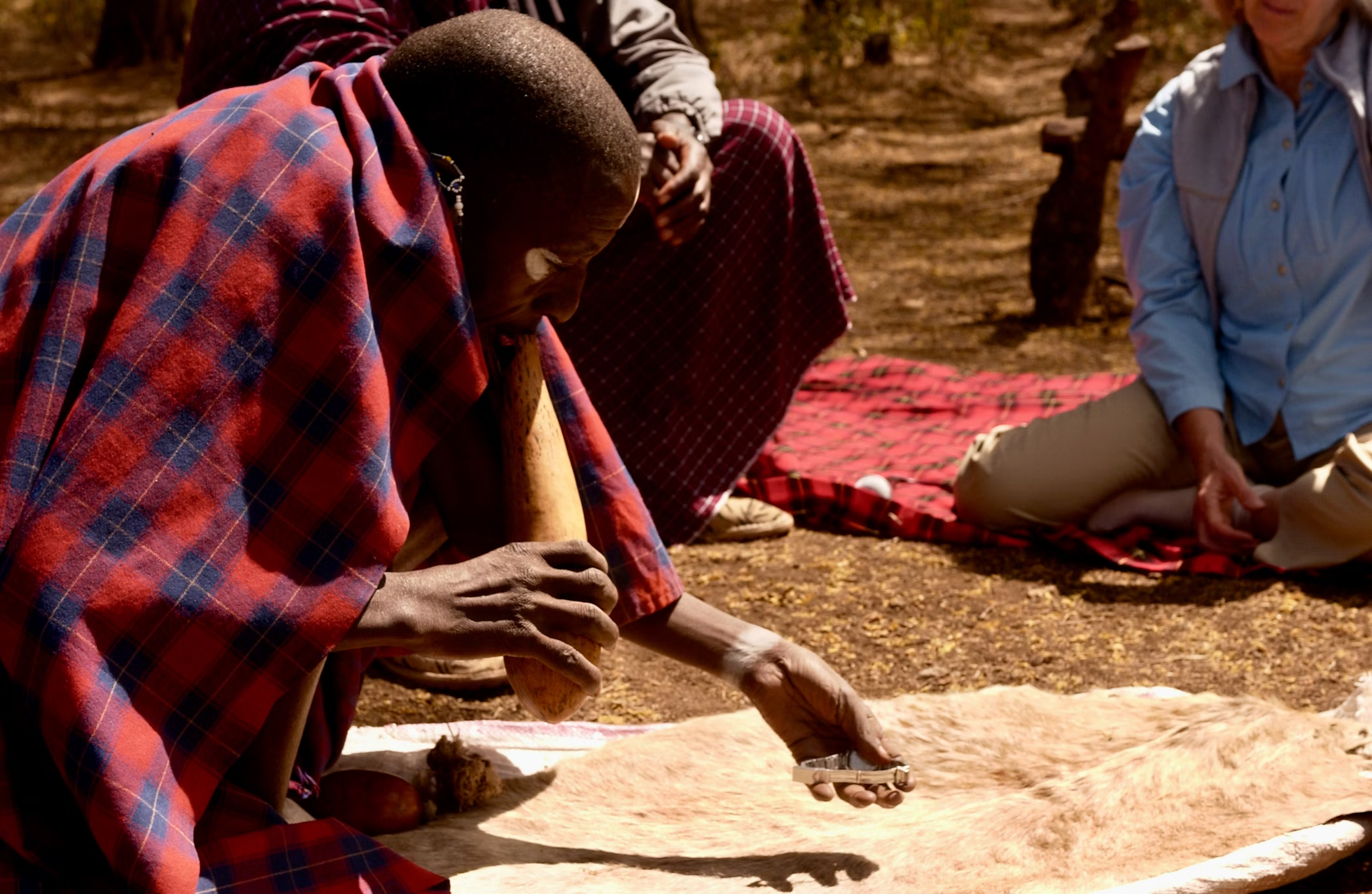
The Andes and Amazon regions are home to some of the world’s richest biodiversity and most vital ecosystems. Spanning vast mountains, dense rainforests, and intricate river systems, these areas face increasing threats from deforestation, climate change, and unsustainable development. Yet, amidst these challenges, conservation efforts are showing promising results, thanks to an often overlooked but powerful resource: traditional knowledge. Indigenous and local communities in these regions have cultivated deep connections with their natural surroundings for generations. Their time-tested wisdom is now driving conservation successes that benefit both people and the environment.
The Value of Traditional Knowledge in Conservation
Traditional knowledge refers to the skills, practices, and beliefs that indigenous and local communities have developed over time through their long-term interactions with their environment. In the Andes and Amazon, this knowledge encompasses methods for sustainable farming, wildlife management, the use of medicinal plants, and ecosystem stewardship. Unlike many modern scientific approaches, traditional knowledge is holistic, often integrating cultural, spiritual, and ecological understanding.
This knowledge holds significant value for conservation efforts because it is rooted in local realities and adaptive to changing environmental conditions. Indigenous peoples have lived in harmony with their surroundings for centuries, managing resources in ways that ensure the long-term health of their ecosystems. Their knowledge systems contribute to biodiversity preservation by maintaining habitat diversity, protecting endangered species, and controlling natural resources sustainably.
How Traditional Knowledge Shapes Conservation Strategies
Conservation programs in the Andes and Amazon increasingly recognize the importance of collaborating with indigenous communities. Rather than imposing external solutions, these programs incorporate traditional practices into their strategies. For example, community-based forest management empowers local people to take the lead in protecting forests using ancestral techniques. These initiatives often combine traditional fire management, selective harvesting, and protection of sacred sites to reduce deforestation and habitat degradation.
In the Amazon, indigenous territories have been demonstrated to serve as effective conservation areas. Studies reveal that forests within indigenous lands suffer less deforestation compared to other protected areas or unregulated regions. This success is primarily attributed to the traditional governance systems and land-use practices employed by indigenous peoples. Their deep understanding of seasonal cycles, wildlife behavior, and plant ecology helps maintain ecological balance.
Additionally, traditional knowledge plays a crucial role in climate change adaptation efforts. Indigenous communities have developed methods to interpret environmental signals, such as changes in animal migration patterns or plant flowering times, to forecast weather patterns. This information supports resilient farming and resource management in the face of shifting climates.
Case Studies Demonstrating Success
In the Peruvian Amazon, the Asháninka community has combined traditional ecological knowledge with scientific monitoring to protect critical habitats. Their forest stewardship includes mapping sacred sites and restricting activities in vulnerable zones. As a result, they have curbed illegal logging and preserved key biodiversity hotspots.
Similarly, in the Andes of Bolivia, indigenous Aymara farmers use traditional terracing and crop rotation methods that conserve soil and water while promoting agricultural productivity. Their conservation practices maintain highland ecosystems and support food security, showing that cultural heritage and environmental health can coexist.
In Colombia, indigenous organizations have partnered with environmental NGOs to restore degraded landscapes through reforestation using native tree species selected based on traditional knowledge. This collaboration respects indigenous land rights, enhances biodiversity, and supports community livelihoods.
Challenges and the Path Forward
Despite these successes, challenges remain in fully integrating traditional knowledge into broader conservation frameworks. Issues such as land tenure insecurity, lack of political recognition, and external economic pressures can undermine indigenous efforts. Furthermore, the transmission of traditional knowledge is threatened by cultural assimilation and generational gaps.
To overcome these obstacles, conservation policies must prioritize the rights and participation of indigenous peoples. Legal recognition of indigenous territories, support for cultural revitalization, and equitable benefit-sharing from conservation initiatives are essential. Strengthening partnerships between scientists and indigenous communities can foster mutual learning and more effective conservation outcomes.
Moreover, investing in education programs that value traditional knowledge alongside formal science can help younger generations appreciate and continue these practices. Protecting traditional knowledge from exploitation while ensuring communities benefit fairly is critical for sustainable conservation.
Traditional knowledge in the Andes and Amazon plays a pivotal role in driving conservation success. By respecting and integrating this knowledge into modern conservation efforts, the region benefits from adequate, culturally grounded solutions that preserve biodiversity and support indigenous livelihoods. As threats to these ecosystems grow, embracing the wisdom of indigenous peoples offers a powerful path toward a sustainable future. Protecting and empowering these communities will remain key to conserving some of the planet’s most important natural heritage.